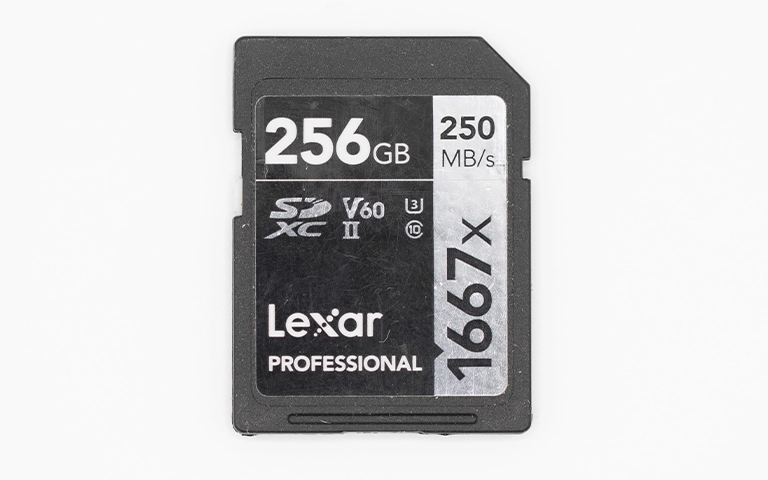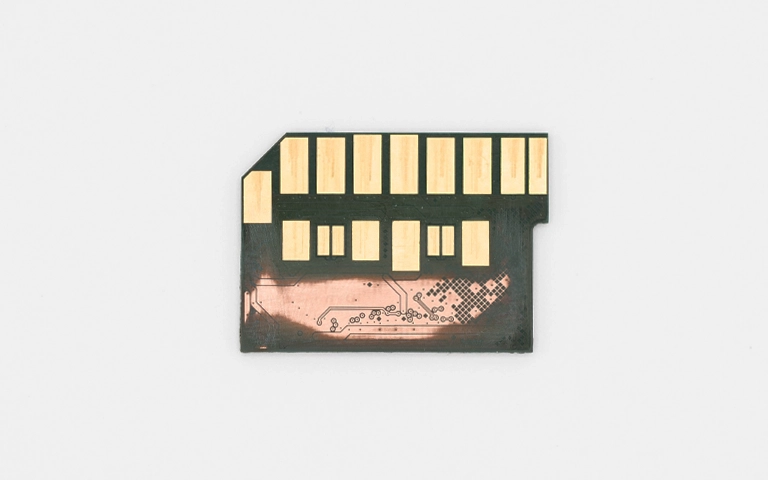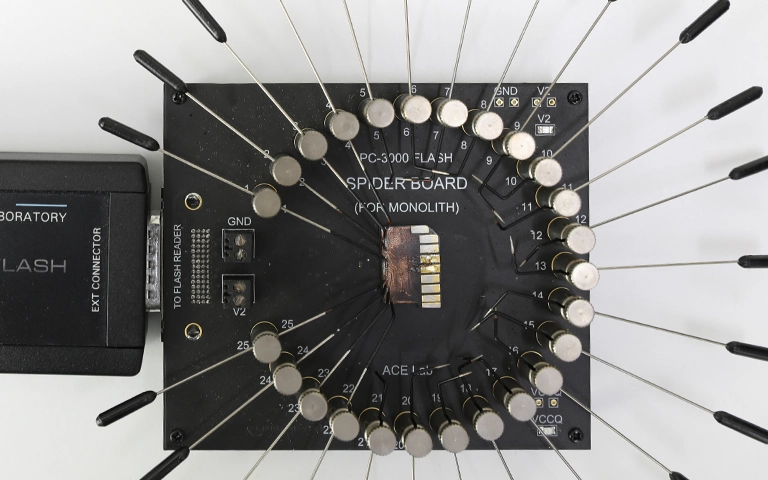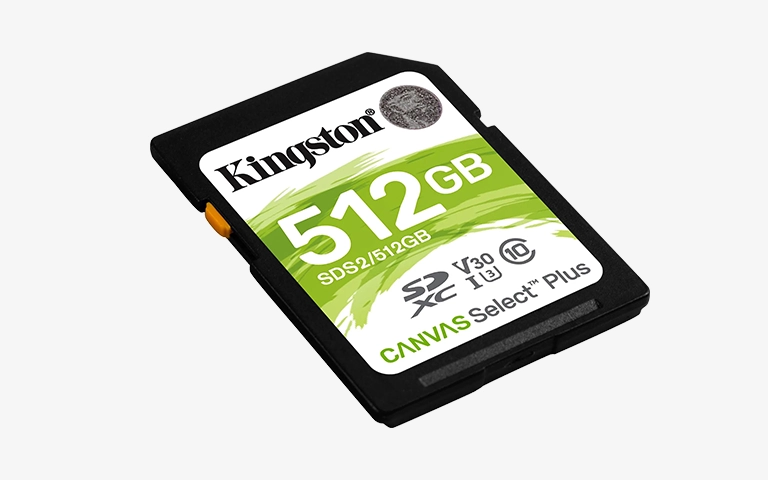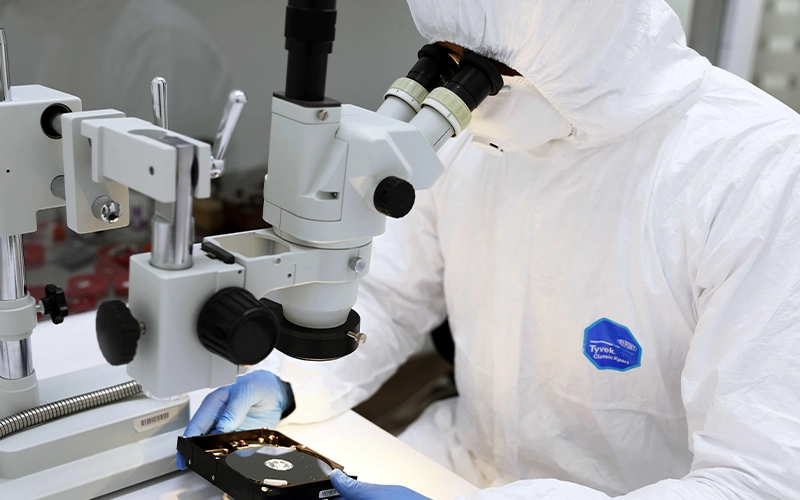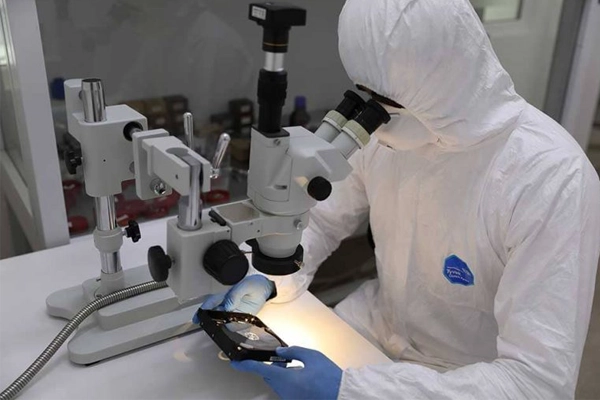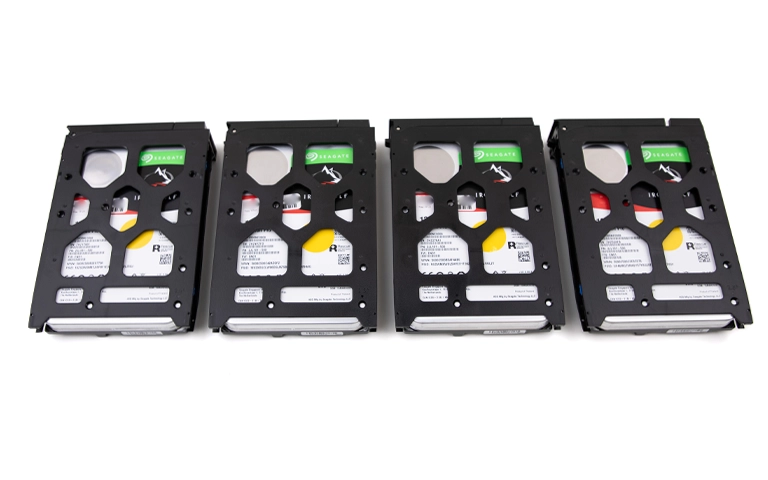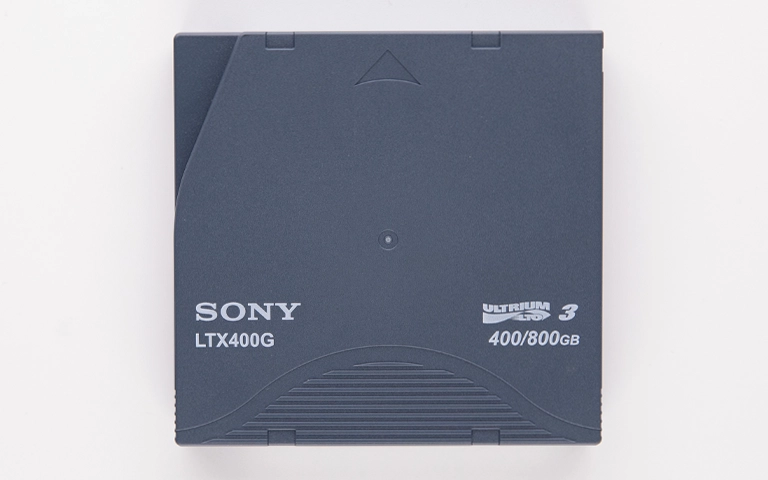If your SD or MicroSD card is not showing up on your computer, phone, camera, or other device, don’t panic. This is a common issue and often fixable. It could be caused by a faulty connection, a problem with the adapter, or even a minor file system error on the card.
This guide will walk you through simple checks to safely diagnose the problem without risking further damage. You’ll learn what to try, what to avoid, and when to stop and seek professional help. If your SD card is not showing up, taking the right steps early can make all the difference.
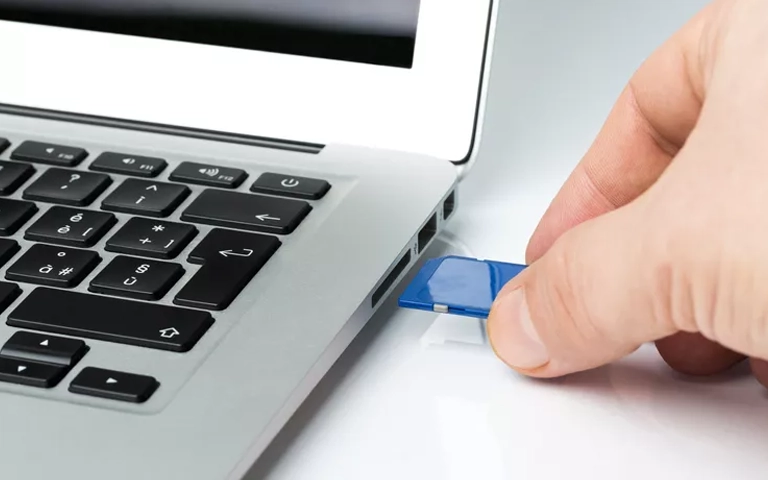
Initial Safe Checks Before Diving Deeper
Sometimes, the simplest things cause detection issues. Let’s rule these out first without putting your data at risk.
Check the SD Card Reader and Adapter
The reader itself, or the adapter for MicroSD cards, can be the point of failure.
- Try a Different Reader: If you’re using an external USB SD card reader, try a different one if possible. Built-in readers on laptops can also fail.
- Test the Adapter (for MicroSD): If using a MicroSD card in an SD adapter, try a different adapter. The adapter itself could be faulty.
- Check Connection: Ensure the card is fully inserted into the reader/adapter and the reader is securely plugged into the computer.
Check the USB Port and Cable (If Using External Reader)
If using a USB reader, the port or cable could be the issue.
- Try a Different Port: Plug the reader into a different USB port on your computer.
- Test the Cable: If the reader uses a detachable cable, try a different cable if available.
Check the SD Card Lock Switch
Standard SD cards (not MicroSD) have a small physical lock switch on the side.
- Verify Position: Ensure the switch is slid upwards towards the connectors (the unlocked position). If it’s slid down (locked), the card will be read-only or might not be properly recognized by some devices.
Gently Clean the Card Contacts (Use Caution)
Dirty or oxidized gold contacts on the back of the SD card can sometimes interfere with connection.
- Method: Gently wipe the contacts with a clean, dry, lint-free cloth (like a microfiber cloth used for eyeglasses). In some cases, very carefully wiping with a clean pencil eraser can help remove oxidation, but be extremely gentle and ensure no eraser debris remains.
- Warning: Avoid liquids, solvents, or blowing forcefully, which can cause damage or push debris further in. If you suspect dirt inside the reader slot, use compressed air carefully.
Test the SD Card on Another Device/Computer
This is a crucial diagnostic step.
- Try Elsewhere: Insert the SD card into a completely different device – another computer (Windows or Mac), a compatible camera, or a different phone.
- Interpret: If the card is detected and works elsewhere, the problem likely lies with your original device (reader, port, drivers, settings). If the card is not detected on multiple known-good devices, the SD card itself is almost certainly the issue (logical corruption or physical/internal failure).
Important: If these steps don’t work, or if the card was physically damaged or exposed to water, stop here. Further attempts with software could worsen the situation.
Checking SD Card Status on Specific Platforms
If basic checks fail, let’s see if the operating system recognizes the card at a lower level. These steps are for diagnosis only – do not use repair options shown unless you accept the risk of data loss.
SD Card Not Showing Up in Windows (10/11)?
Checking File Explorer
Look in “This PC”. If the card appears but gives an error (“Needs Formatting,” “RAW,” “Access Denied”), it indicates a file system issue. Do not format.
Checking Disk Management
- How: Right-click Start > Disk Management.
- Look For: See if the SD card appears in the disk list (often as “Removable Disk”). It might show “No Media,” “RAW,” “Unallocated,” or lack a drive letter.
- Meaning: If listed (even with errors), Windows sees the hardware. If it’s RAW/Unallocated, there’s significant corruption. If “No Media,” the reader sees the slot but not the card. If completely absent, it points to a severe hardware or connection issue. Do not Initialize or Format.
Checking Device Manager
How: Right-click Start > Device Manager.
Look Under: Check ‘Disk drives’ and ‘Portable Devices’ or ‘SD host adapters’. Look for the card or reader, possibly with a yellow error icon.
Meaning: An error icon suggests driver issues (often symptomatic of card failure). If absent entirely, it confirms a deep hardware detection problem.
Mac Not Reading SD Card?
On macOS, check these locations:
Checking Finder Preferences
Ensure Finder > Preferences/Settings > General & Sidebar have “External disks” checked to be shown.
Checking Disk Utility
- How: Applications > Utilities > Disk Utility. Ensure ‘View’ > ‘Show All Devices’ is enabled.
- Look For: Check the left sidebar for the SD card reader and the card itself.
- Meaning: If the card/volume appears but is greyed out (unmounted), it signals corruption or formatting issues. If it shows as uninitialized, the partition map is likely damaged. If completely absent, it’s a connection or hardware failure. Do not Erase or run First Aid on potentially failing cards.
Checking System Information
How: Option-click Apple Menu > System Information.
Look Under: Check ‘USB’ and ‘Card Reader’. If the reader and possibly card are listed, the hardware connection is recognized at some level.
SD Card Not Working in Phone/Camera/Other Devices?
Detection issues aren’t limited to computers.
Android Phone Considerations
Check Android Settings > Storage to see if the card is listed or needs mounting. Some phones are picky about formats or card capacity/speed class. Ensure the card is formatted correctly (usually exFAT for broad compatibility).
Camera Considerations
Cameras often require specific formatting (done in the camera). If a card formatted elsewhere isn’t seen, try formatting a spare, empty card in the camera. If the problematic card isn’t detected at all, it’s likely failed. The camera might also display specific error codes.
Other Devices (Game Consoles, Printers, etc.)
Devices like Nintendo Switch, Steam Deck, or 3D printers often require specific file system formats (e.g., FAT32, exFAT). Check the device manual for supported card types, sizes, and formats. Compatibility issues can prevent detection.
Common Reasons Why Your SD Card Isn't Detected
Understanding the why helps clarify the risks.
SD Card Reader or Adapter Issues
As covered in initial checks, a faulty reader or adapter is a common and simple cause.
Logical Issues (File System Corruption, RAW State)
The card’s data structure gets damaged (improper removal, power loss), preventing the OS from reading it. This often leads to “Needs Formatting” or “RAW” errors.
Physical Damage (Cracks, Bends, Water Damage)
Obvious physical damage usually stops detection. Cracked plastic, bent connectors, or a snapped MicroSD card require specialized handling.
Internal Card Failure (Controller, NAND, Firmware)
The complex electronics inside the SD card can fail:
- Controller Chip: The “brain” fails, making the card completely unresponsive or appear incorrectly.
- NAND Memory: The flash chips holding data degrade or fail.
- Firmware: Internal software corruption can “brick” the card. These failures are often silent.
Don't Let Data Loss Ruin Your Business
Minimize business disruption. We retrieve lost data fast, so you can focus on what matters.
Why Standard "Fixes" Are Risky for Data Recovery
Operating systems and devices want to make the card usable, often at the cost of your data.
The Danger of Formatting
Agreeing to format when prompted by Windows, Mac, your camera, or phone erases the file system map pointing to your files. Recovery becomes much harder, sometimes impossible. Always choose NO if you need the data.
The Risk of Repair Utilities (CHKDSK / First Aid)
Running CHKDSK (Windows) or Disk Utility First Aid (Mac) on a card with physical issues or severe corruption can worsen the problem, potentially causing more data loss by stressing failing components.
Physical Handling Risks
Trying to use tape on a cracked card or force a bent card into a reader can cause further irreparable damage to the internal NAND chips or circuitry.
Get a Free Consultation.
Our recovery experts are ready to assess your device and guide you through the safest path to recovery. Fill out the form to get started.
"*" indicates required fields
When Professional SD Card Recovery is Needed
If safe initial checks fail, or if you notice these signs, professional help is strongly advised to maximize data recovery chances:
- Obvious Physical Damage: Cracked, bent, snapped, severely water-damaged cards.
- Card Shows as RAW, Uninitialized, or Requires Formatting (and you need the data).
- Card Completely Undetected on multiple known-good devices/readers.
- Error Messages Persist (e.g., “Failed to Initialize,” specific camera errors).
- The Data is Critical or Irreplaceable.
Wondering if recovery is generally possible? Read our overview: Can SD Card Data Be Recovered?.
The Professional Recovery Advantage
Attempting complex recoveries without expertise risks permanent data loss.
- Expert Diagnosis: We accurately identify the failure type (logical, electronic, physical).
- Specialized Tools: We use hardware imagers, file system reconstruction tools, and techniques like chip-off recovery for severely damaged cards (where NAND chips are physically removed).
- Component-Level Repair: We can perform micro-soldering on damaged connections if feasible.
- Cleanroom Facilities: Necessary for certain physical recovery procedures to prevent contamination. Learn about our certified cleanroom environment.
- Safe Handling: We know how to handle fragile cards without causing further damage.
- Transparent Process: We evaluate the card and provide a quote before proceeding. See how our data recovery process works.
- Dedicated Service: We have specialized knowledge for flash media. Explore our main SD Card Data Recovery Service page.
Recommended Actions If Your SD Card Isn't Showing Up
If your SD or MicroSD card remains undetected after safe checks:
- Stop Using the Card Immediately: Do not attempt further reads, writes, or formatting. Remove it from the device.
- Do Not Attempt Risky Fixes: Avoid formatting, repair utilities, or physical manipulation of damaged cards.
- Store Safely: Place the card in a protective case to prevent further damage.
- Note Details: Record the card type/brand, the device it failed in, any error messages, and the type of data stored.
- Contact Professionals: Reach out to PITS Data Recovery for an expert evaluation and a safe recovery plan.
Emergency Data Recovery Services
Unexpected data loss? Whether it’s a crashed system, failed storage device, or accidental deletion, our 24/7 emergency recovery service ensures priority assistance to retrieve your critical data.
Frequently Asked Questions
Can Disk Management or Disk Utility fix my SD card if it's not detected?
These tools primarily manage healthy storage. They cannot fix internal electronic failures or severe physical damage. Using their ‘Format’ or ‘Erase’ functions will cause data loss.
My computer asks to format the SD card. Should I do it?
No. If you need the data on the card, do not format it. This message indicates the computer cannot read the current file system, likely due to corruption. Formatting erases the information needed for easy recovery.
My SD card reader works with other cards, but not this one. Is the card definitely broken?
It strongly suggests the problem lies with the specific SD card itself, rather than the reader or computer. The card likely has logical corruption or an internal failure.
Conclusion
An SD or MicroSD card not showing up signals something is wrong. Simple connection issues occur, but detection failures often point to logical corruption, physical damage, or internal electronic failure. Standard OS tool “fixes” or continued use risk overwriting/destroying data.
Prioritize data safety. If basic troubleshooting fails for an SD card not reading, PITS Data Recovery offers specialized expertise, tools, and secure environments to diagnose and recover data. If your SD card not detected, contact us.
Explore: SD Card Data Recovery Services.

